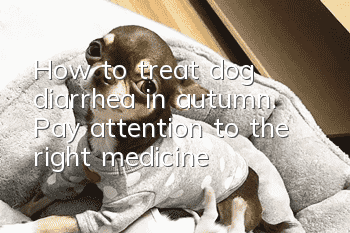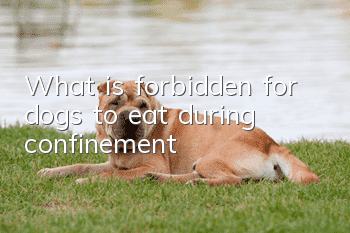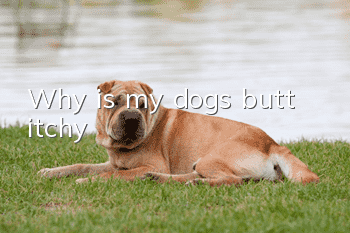How to treat dog diarrhea in autumn. Pay attention to the right medicine!

Prescribe the right medicine for dog diarrhea in autumn
Cold symptoms
Symptoms: loose stools or loose stools, vomiting, lack of energy, watery nose, loss of appetite, etc.How to deal with it: Feed the dog Pet Cold Spirit, pay attention to keeping warm from cold, feed plenty of warm water, add warm cushions and thin blankets to the kennel in time, and do not place the kennel in the wind. There is a large temperature difference between day and night, and dogs are prone to colds and colds; do not bathe your dog during a cold period, and be sure to dry it with hot air in time after bathing after the cold is gone.
Parasitic infection
Symptoms: loose stools, blood in the feces or white parasites. Some dogs will be accompanied by vomiting symptoms. They are in normal spirits and have no other complications.How to deal with it: Feed internal anthelmintics and perform internal anti-parasitic treatments regularly; do not feed raw water, raw meat, or human food at ordinary times, and keep a leash when going out for walks to prevent dogs from messing around. Infection with parasites from sniffing and licking.
Gastrointestinal discomfort
Symptoms: loose stools or loose stools, but normal appetite, normal spirits, and no other complications.How to deal with it: Change the dog food back to what it ate before, and then feed probiotics to regulate the gastrointestinal tract; then feed it with a ratio of new and old dog food of 1:5, and adjust it to 2:4 after a week, so A gradual and gradual transition. The entire transition period for food replacement should be about one month. Don't change it all at once. It takes a certain amount of time for the digestive enzymes in the dog's gastrointestinal tract to adapt to the new dog food. If parents fail to make the transition well, it will easily lead to an imbalance of gastrointestinal flora, cause diarrhea, and affect normal digestion and nutrient absorption. It is best not to change brands frequently, but to change flavors.
Gastrointestinal irritation
Symptoms: Infrequent diarrhea, may be accompanied by vomiting of undigested food, normal spirit, no other discomfort.Coping method: fast for about 12-24 hours, feed regularly and quantitatively, and control the eating time within 30 minutes, and remove the food bowl when the time is up. Condition the gastrointestinal tract with probiotics. Do not feed bones or leftovers to your dog to avoid irritating the gastrointestinal tract.
Gastroenteritis
Symptoms: loose or watery diarrhea, loss of appetite, severe blood-tinged excrement, vomiting whatever you eat.Ways to deal with it: Seek medical examination in time, and at the same time switch to liquid food that is easily absorbed, such as chicken porridge, or soak dog food in goat's milk until it is soft, and cooperate with drug treatment.
Canine Distemper Parvo
Symptoms: loose stools with blood and severe sour odor, vomiting yellow water, lack of energy, elevated body temperature (puppies 38-39°C, 37.5-38.5°C is normal for adult dogs), lethargy, loss of appetite and many other complications.Response method: Send to the doctor immediately for treatment. If there is canine distemper or parvovirus at home, you can test it yourself at home first.
Related links: Is it okay for dogs with diarrhea to take oxytetracycline? Don’t use antibiotics indiscriminately
Random articles
- Why do dogs have hot ears?
- What happens when a golden retriever wakes up and walks lamely? A must-read for novice pet owners!
- When to potty train your dog? Are you ready?
- The best age and precautions for dog neutering
- How to train a greyhound to pinch?
- What kind of dog cannot be bathed temporarily?
- How do golden retrievers avoid heat stroke in summer? Tips for golden retrievers to avoid heatstroke!
- Why do dogs like to lick everywhere? It turns out that dog licking also has different meanings!
- How should an office worker raise a dog?
- What you need to know if you have pets at home: signs of heat stroke and how to prevent it



